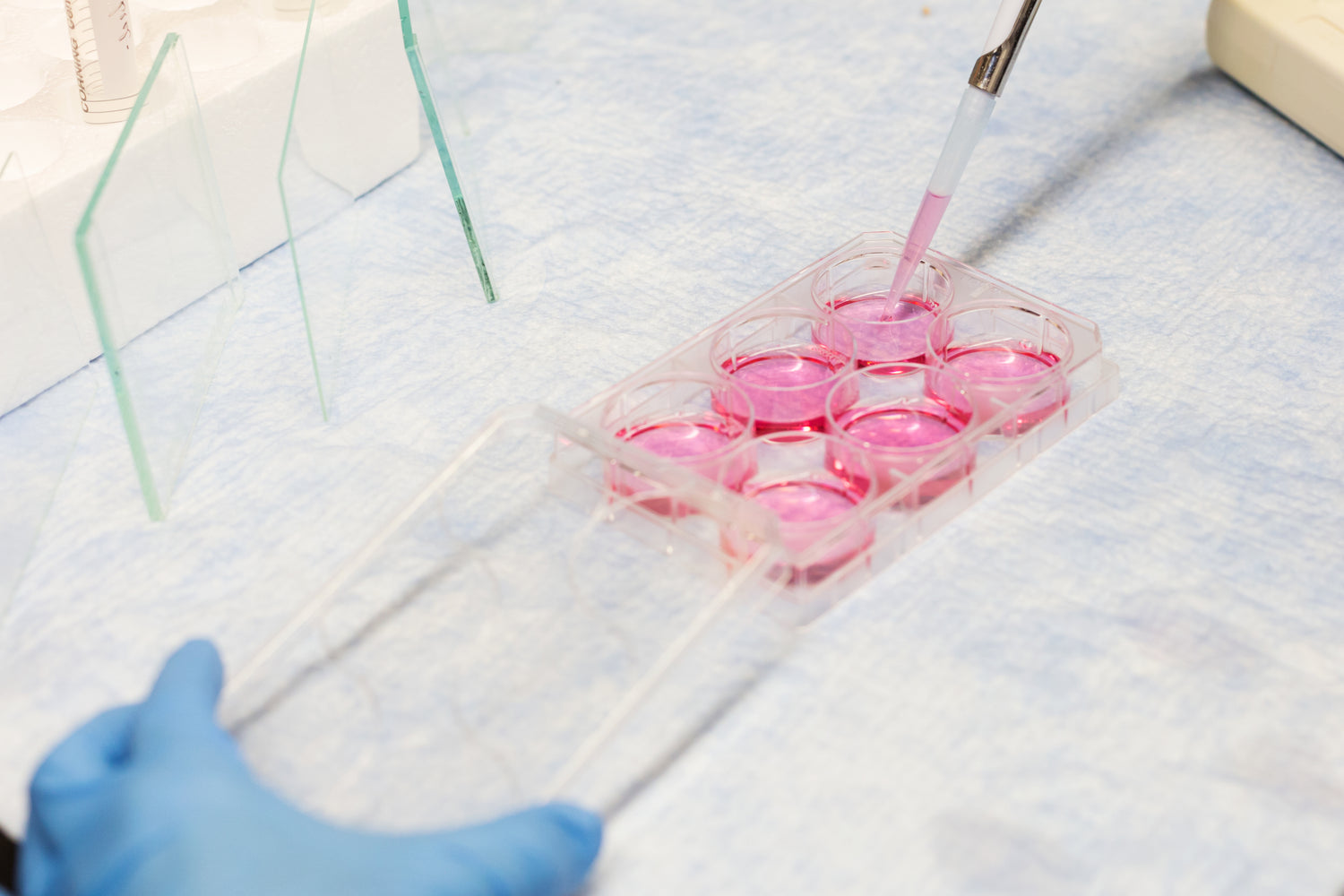In the field of precise manufacturing of polymer-based nanocomposites, the uniform dispersion of carbon nanotubes and carbon nanofibers is regarded as the "life line" that determines the material's performance. These nanofillers, with their excellent mechanical and electrical properties, have become ideal reinforcing materials for high-performance composite materials. However, due to their large specific surface area (carbon nanotubes can reach 1315 m²/g) and strong van der Waals forces, they are prone to form micron-sized aggregates, leading to stress concentration and interface defects in the composite materials. Taking protective clothing materials as an example, the aggregated nanofillers will weaken the fabric's tear resistance and breathability, directly affecting the safety of medical protective equipment.
The traditional three-roll mill dispersion technology achieves the depolymerization of nanofillers through mechanical shear force, and can control the size of the aggregates to be below 5 μm. It shows good dispersion effects in the laboratory environment. However, this process has significant limitations: the single processing capacity is low, the energy consumption is up to 3-5 times that of conventional processes, and the wear of the grinding rolls leads to a significant increase in equipment maintenance costs, making it difficult to meet the efficiency requirements of large-scale production of medical protective equipment. The practice data of a medical consumable manufacturer shows that using the three-roll mill process to disperse nanomaterials has an output capacity of only 20% of the theoretical value, severely restricting the industrialization process of new protective materials.

Flow rate tests and image fitting analysis of the aggregate size on microscopes are used to determine the aggregate size, and these analyses are used to obtain valuable information about the dispersion quality.
This information is helpful for improving and further optimizing the dispersion process, promoting the development of dispersion technology for nanomaterials in the production of polymer-based nanocomposites, to address the limitations of existing dispersion methods and meet industrial production requirements.








